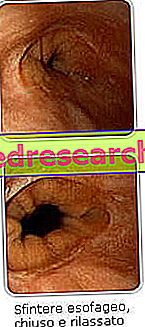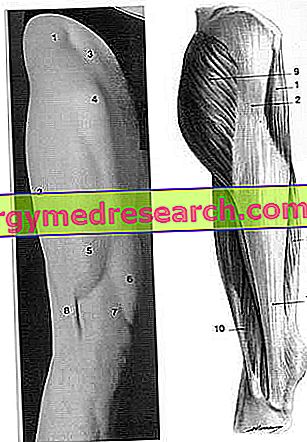The cardia is the anatomical region of connection between the esophagus and stomach, normally located in the abdomen 2 to 4 cm below the diaphragm. Anatomically, the cardia is now considered part of the stomach.

In the cardias we see the transition between the esophageal and gastric mucosa; at the point of passage a frayed line (line Z) is easily identifiable that separates the gastric mucosa, more red and wrinkled, from the esophageal one (at the level of the cardia occurs the passage between two specialized epithelia: the monostratified cylindrical epithelium of the gastric mucosa one side and the polysiltered paved epithelium of the esophageal epithelium on the other).
The cardia is innervated by the vagus nerve, which has an inhibiting function, and by afferents of the sympathetic nervous system, which have an exciting function. Its biological function is facilitated by the angle of His, the subdiaphragmatic tract of the esophagus, the diaphragmatic crura and the brake-esophageal ligament.

Today, cardiac carcinoma represents a constantly increasing neoplasm in Western countries; there are many possible risk factors, such as alcohol, tobacco and obesity, but the only factor that is significantly correlated seems to be Barrett's esophagus, a pre-neoplastic condition secondary to chronic gastroesophageal reflux (the malignant thoracic tumor is therefore more frequent in men compared to women, and in the age groups above 50 years).



